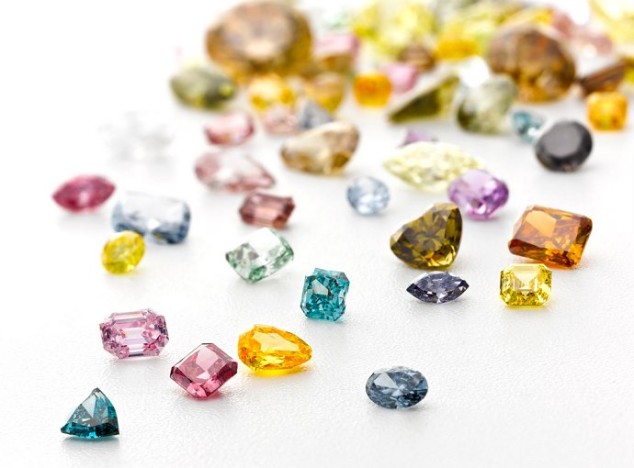Understanding the Clarity “C” of Diamonds
Diamonds are one of the most precious stones on earth. Needless to say, one needs to be very careful and informed while making such a costly purchase. That being said, there are four factors that determine the quality, hence affect the value of a diamond. These four factors are collectively known as the 4 Cs.
The 4 Cs stands for:
- Cut
- Clarity
- Color
- Carat weight
This article talks about the second C that is clarity. Diamond clarity refers to the extent to which there are imperfections and blemishes in a particular diamond. A diamond that features major blemishes and inclusions is rated low on the diamond clarity scale. This is because such diamonds have flaws and interruptions that obstruct the path of light when passed through the particular diamond. As a result, this particular diamond will shine less when exposed to light. The location of the inclusion also affects the brilliance of a diamond. Expert diamond cutters go to great lengths to cut a diamond in such a way as to hide the inclusions present on it.
The Gemological Institute of America (GIA) has developed the 11 point diamond clarity scale on the basis of which the clarity of diamonds can be graded. GIA has considered several factors while devising this clarity chart. These include the number, color, size, reflectivity and the location of the inclusion or blemish that can be seen under ten times (10x) magnification.
Following is the GIA’s diamond clarity scale with explanations along with each grade:
FL (Flawless): It implies that the diamonds are absolutely free of any inclusions or blemishes.
IF (Internally Flawless): It means that the diamonds contain no inclusions, but there are certain blemishes that are visible under 10 x magnification.
VVS1, VVS2 (Very, Very Slightly Included): This implies that the diamonds contains some inclusions but they are difficult to be seen under 10 x magnification. The VVS1 inclusions can only be seen from the pavilion, while the VVS2 inclusions can be seen from the crown.
VS1, VS2 (Very Slightly Included): This clarity grade implies that the diamonds have inclusions that can clearly be seen under 10 x magnification, however these inclusions are very insignificant and can be marked as minor.
SI1, SI2 (Slightly Included): This clarity implies that the diamonds have noticeable inclusions that can be easily seen under 10 x magnification. The SI1 flaws are normally undetectable by the naked eye, whereas the SI2 flaws are generally visible to the naked eye.
I1, I2, I3 (Included): This implies that the diamonds contain obvious inclusions that are so major that they can affect the shine, transparency and brilliance of the particular diamond.
Don’t believe anyone when it comes to purchasing diamonds. It is a pricey decision. Stay informed and make your own choice.


